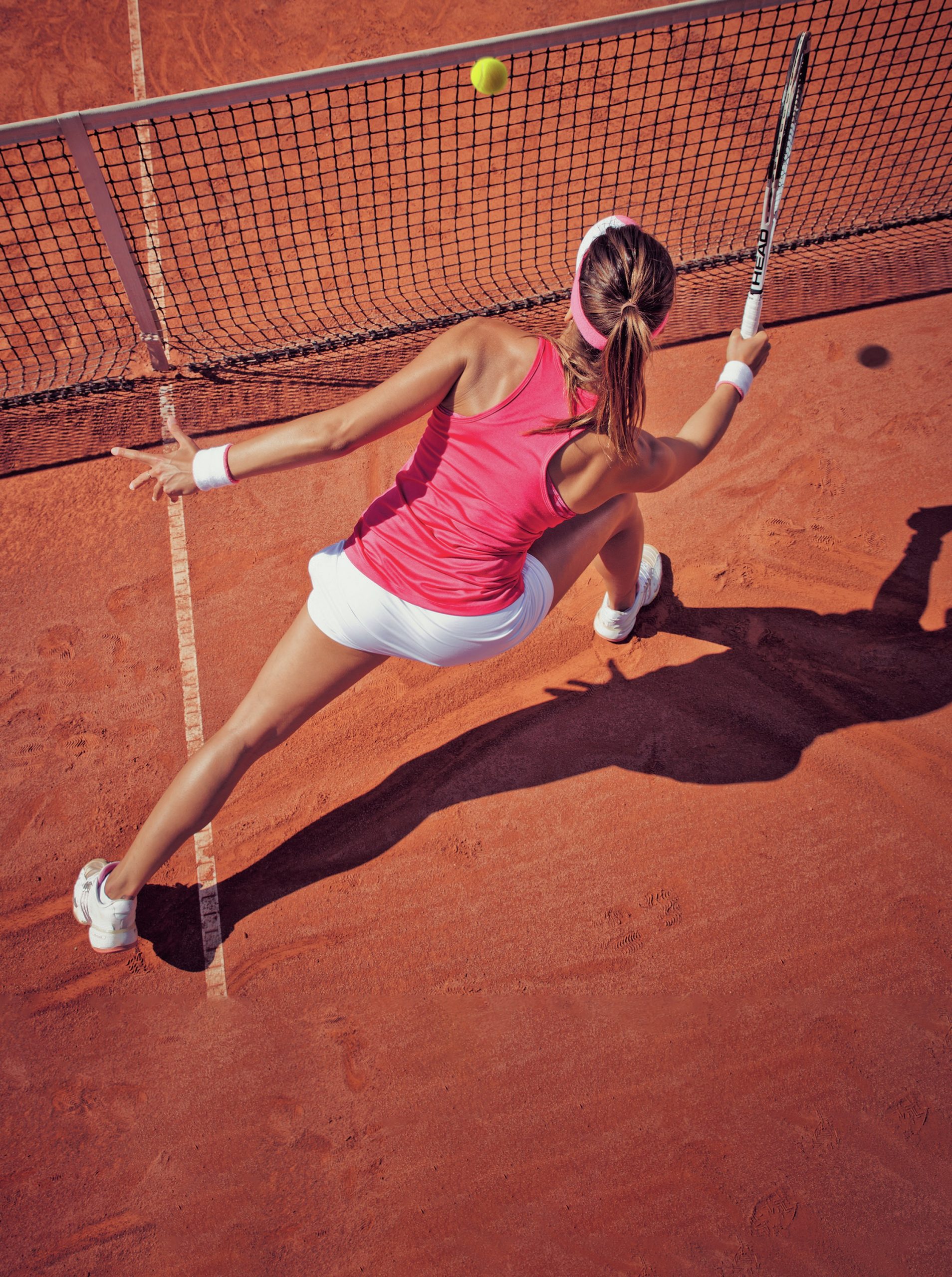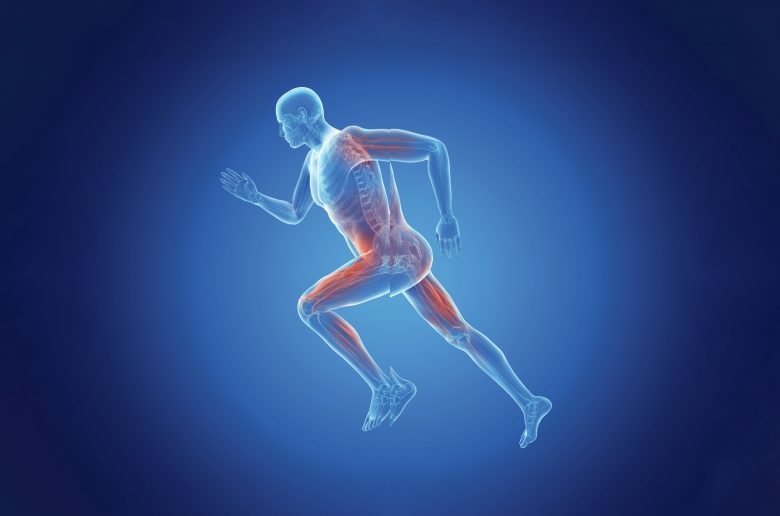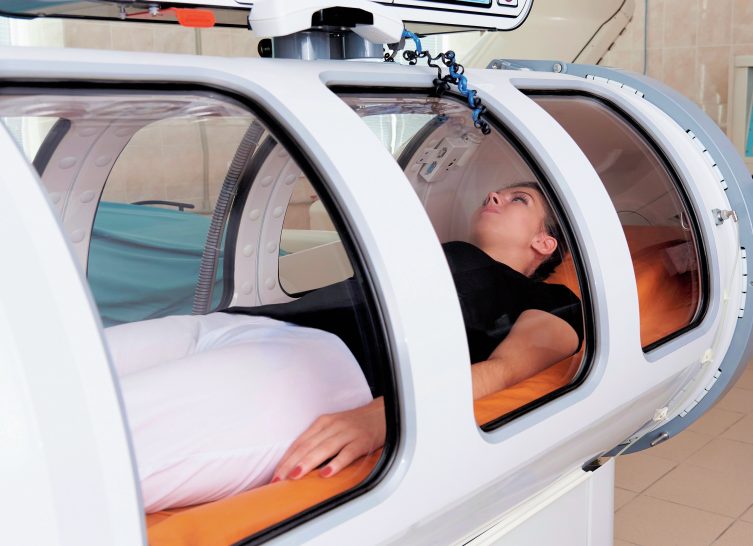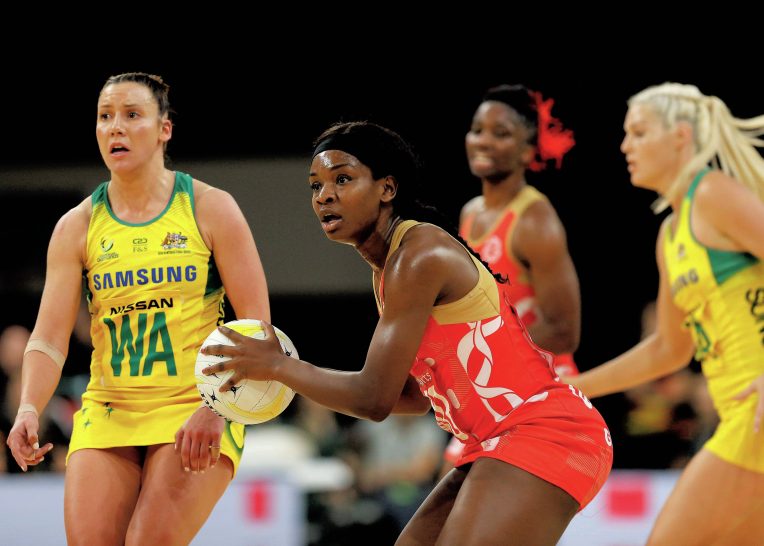
An object’s centre of mass is the point through which it is balanced in all directions, where its mass can be said to be concentrated and where forces, including weight, appear to act. In the human body, the centre of mass is usually positioned just below the belly button. However, it can be altered by changes in body position and may vary slightly between individuals depending on body composition. The centre of mass may be slightly higher in someone with a very muscular upper body (such as a gymnast) or slightly lower in someone with a very muscular lower body (such as a track cyclist). There are several factors that influence the relationship between an object’s centre of mass and its stability:
■ Height: lowering the centre of mass increases stability.
Your organisation does not have access to this article.
Sign up today to give your students the edge they need to achieve their best grades with subject expertise
Subscribe



